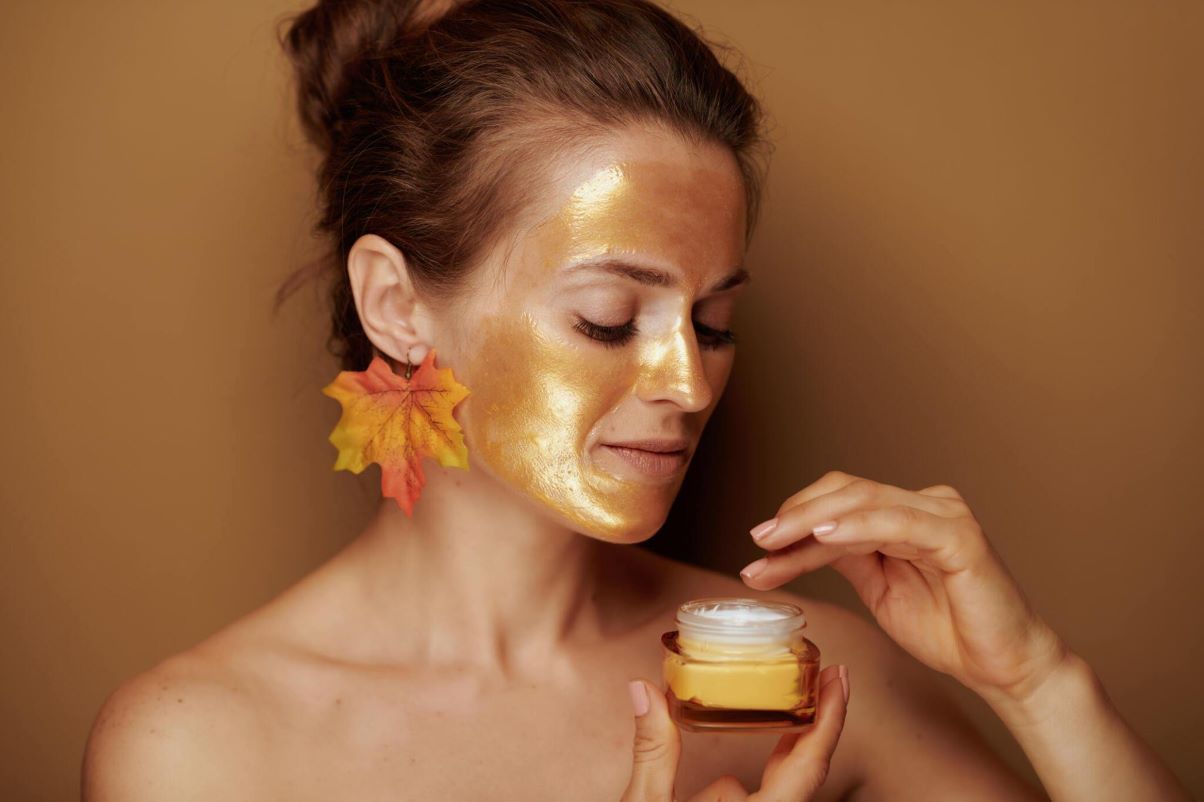Gold jewelry has adorned humanity for millennia, prized not only for its beauty but also for its hypoallergenic qualities. While some individuals may experience reactions to certain metals, gold is renowned for its skin-friendly properties.
This article delves into the science behind gold’s anti-irritant characteristics, exploring why it’s often a preferred choice for those with sensitive skin.
The Allure of Gold Jewelry
Gold has captivated civilizations throughout history, revered for its lustrous shine and enduring value. From ancient Egypt to modern-day fashion runways, gold jewelry has remained a symbol of luxury and prestige.
Beyond its aesthetic appeal, gold’s compatibility with the skin has made it a popular choice for wearable adornments. If you’re looking for gold jewelry that soothes your skin and makes it look more appealing, you may visit Goldisseya.
Enduring Elegance and Cultural Significance
Gold jewelry’s timeless appeal transcends trends and fads, embodying a sense of enduring elegance and cultural significance. Across civilizations, gold has symbolized wealth, status, and spirituality, becoming an integral part of rituals, celebrations, and personal adornment.
Its intrinsic value and radiant luster have made it a cherished possession passed down through generations, connecting individuals to their heritage and traditions.

Understanding Skin Irritation
Skin irritation caused by jewelry, known as contact dermatitis, can manifest as redness, itching, or swelling upon contact with certain metals.
Nickel, a common component in lower-grade jewelry alloys, is a frequent culprit for such reactions. However, even metals like silver, while less reactive than nickel, can provoke sensitivities in some individuals.
Contact Dermatitis: A Reaction to Metals
Contact dermatitis is a common skin condition characterized by redness, itching, and inflammation upon contact with certain substances.
Metals like nickel, commonly found in jewelry alloys, can trigger allergic reactions in susceptible individuals, leading to contact dermatitis. Understanding the mechanisms behind this skin irritation is crucial for selecting jewelry that minimizes the risk of allergic responses.
The Role of Gold in Skin-Friendly Jewelry
Gold’s reputation as a skin-friendly metal stems from its inert nature. Unlike reactive metals such as nickel, gold is resistant to corrosion and oxidation, making it less likely to trigger allergic responses.
Its stability ensures that it remains chemically inert when in contact with the skin, minimizing the risk of irritation. Discover the perfect blend of luxury and comfort with gold jewelry from AnvarLuxury, renowned for its anti-irritant properties.
Each meticulously crafted piece ensures a hypoallergenic experience, ideal for sensitive skin types. Embrace elegance without compromise and experience the soothing allure of AnvarLuxury’s gold jewelry collection.
Chemical Inertness and Stability
Gold’s unique chemical properties contribute significantly to its suitability for skin-friendly jewelry. As an inert metal, gold does not react with moisture, skin oils, or other substances typically found on the skin’s surface.
This inherent stability minimizes the risk of skin irritation or allergic reactions, making gold an ideal choice for individuals with sensitive skin.

The Purity Factor: 24K Gold
Pure gold, also known as 24-karat gold, consists of 99.9% gold with minimal alloying metals. This high level of purity maximizes gold’s hypoallergenic properties, as there are fewer impurities that could potentially cause reactions.
However, pure gold is relatively soft and prone to bending or scratching, prompting the use of alloying agents to enhance its durability for jewelry-making purposes.
Alloying for Strength: Gold Alloys
To strengthen gold for jewelry fabrication while preserving its skin-friendly attributes, it is often alloyed with other metals.
Common alloying agents include copper, silver, and zinc, which impart durability and alter the color of the gold. The karatage system, denoted by “K,” indicates the purity of gold in the alloy, with lower karats containing a higher proportion of base metals.
Hypoallergenic Alloys: Nickel-Free Gold
For individuals with nickel allergies, selecting gold jewelry that is nickel-free is essential. Nickel can be present in trace amounts in some gold alloys, potentially triggering adverse reactions in sensitive individuals.
Opting for nickel-free gold alloys ensures that the jewelry is less likely to cause skin irritation, providing a safe option for those prone to allergies.
Rhodium Plating: A Protective Barrier
In addition to selecting nickel-free alloys, some gold jewelry undergoes rhodium plating to further enhance its hypoallergenic properties.
Rhodium, a member of the platinum group of metals, forms a protective barrier over the gold surface, reducing direct contact between the skin and any underlying metals that may cause irritation. This plating also enhances the jewelry’s luster and prevents tarnishing.

Biocompatibility of Gold
Gold’s biocompatibility, or its ability to interact harmoniously with biological systems, contributes to its hypoallergenic nature.
Unlike metals that release ions or undergo chemical reactions when in contact with moisture or skin oils, gold remains inert, minimizing the risk of adverse skin reactions. This inherent biocompatibility makes gold an ideal choice for prolonged wear against the skin.
Gold’s Therapeutic Properties
Beyond its use in jewelry, gold has long been utilized for its purported therapeutic benefits in traditional medicine practices.
Some believe that wearing gold jewelry can alleviate joint pain, improve circulation, and even promote emotional well-being. While scientific evidence supporting these claims is limited, the cultural significance of gold’s healing properties endures across various cultures.
Conclusion
Gold jewelry continues to enchant wearers worldwide, not only for its aesthetic allure but also for its skin-friendly characteristics. Whether in its pure form or as part of carefully crafted alloys, gold’s inert nature makes it a preferred choice for individuals with sensitive skin or metal allergies.
By understanding the science behind gold’s anti-irritant properties, wearers can adorn themselves with confidence, knowing that their jewelry not only enhances their beauty but also prioritizes their skin health.

